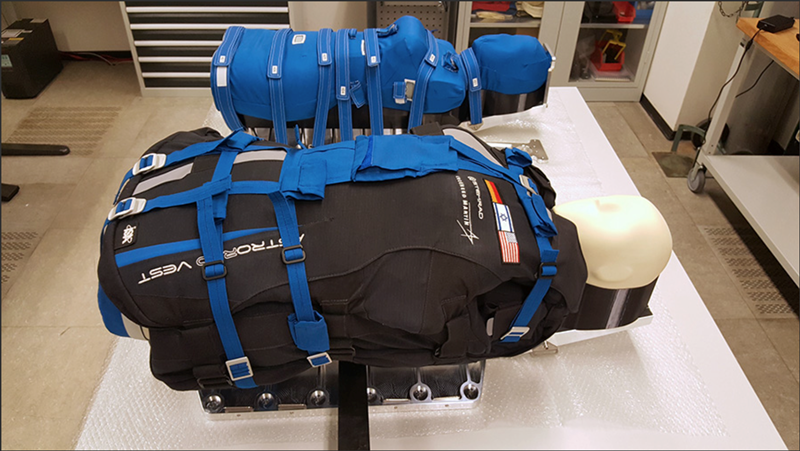Sun Nuclear Phantoms to Ride into Space on NASA’s Artemis I Mission
 Two custom, anthropomorphic ATOM Phantoms from CIRS, now part of Sun Nuclear, will ride as "passengers" in the first of a series of NASA missions aimed at enabling human exploration to the Moon and Mars. The uncrewed Artemis I mission, scheduled for launch on
Two custom, anthropomorphic ATOM Phantoms from CIRS, now part of Sun Nuclear, will ride as "passengers" in the first of a series of NASA missions aimed at enabling human exploration to the Moon and Mars. The uncrewed Artemis I mission, scheduled for launch on
August 29th, will serve as the first integrated test of NASA's deep space exploration systems, including the Orion spacecraft. The phantoms aboard the Orion spacecraft will assist in measuring potential radiation exposure to astronauts.
The phantoms – constructed of materials that mimic human tissue, bone, and organs – are used globally by hospitals, cancer centers and research institutions to provide a physical representation of patient anatomy for measuring radiation dose in cancer treatment and imaging procedures.
For the Artemis I mission, two female-bodied torso models were selected, as there are an increasing number of female astronauts – and women typically experience greater sensitivity to space radiation. Furthermore, a stated goal of the Artemis program is to send the first woman astronaut to walk on the surface of the Moon.
Following a CIRS tradition when shipping ATOM Phantoms to customers worldwide, the space-bound phantoms were given names – Helga and Zohar. While both will be equipped with radiation detectors, only Zohar will wear a radiation protection vest to better understand the radiation levels that may be encountered in space and how effective the vest is for mitigating solar particle events (SPE) exposure.
While Sun Nuclear and CIRS produce the ATOM Phantoms, the effort to prepare Helga and Zohar for the mission has been an international effort. The German Aerospace Center (Deutsches Zentrum für Luft-und Raumfahrt; DLR) is conducting the Matroshka AstroRad Radiation Experiment (MARE) in collaboration with the Israel Space Agency (ISA) and industry partner StemRad, as well as Lockheed Martin and NASA. In addition, universities and research institutions from nine countries have participated in the experiment.
"Mirion Technologies has a long history of our products being used in space, from dosimeters in the International Space Station to various spectroscopy instruments in exploration robots and satellites," says Thomas Logan, CEO of Mirion Technologies. "With the historic Artemis I mission and its inclusion of ATOM Phantoms, CIRS and Sun Nuclear continue the longstanding engagement of Mirion to make space exploration safer, and to support interplanetary scientific voyages."
